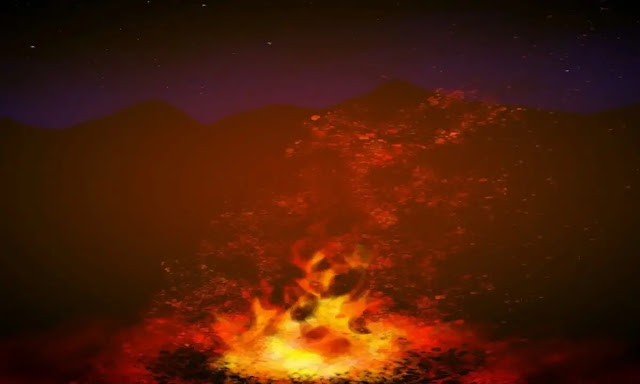What is and where does natural gas come from?
What is and where does gas come from?
Natural gas may be a fossil energy source that, like coal or oil, is formed from a mix of hydrocarbons, molecules formed by carbon and hydrogen atoms.
Complex studies of geology and physics allow to seek out and exploit the gas deposits that many thousands of years of bacterial action have generated underground.
Methane (CH4) is that the main component of gas , although it also contains other light hydrocarbons like ethane (C2H6), propane (C3H8), butane (C4H10) or pentane (C5H12) to a way lesser extent. Usually, it's found during a proportion of 85%, mixed with 10% ethane, 3% propane, 0.1% butane and 0.7% nitrogen. All have a really low boiling point, up to -158.9 ° C within the case of methane. While hydrocarbons with 5-10 carbon
atoms are liquid at ordinary temperatures, these hydrocarbons of lower relative molecular mass (less than 5 carbons) are within the sort of gas or steam. To extract the energy contained within the chemical bonds C-H, the combustion process must be produced. Combustion is an oxidation reaction (exothermic) of a combustible body (gas) with another oxidizing body (air), called oxidizer. This transformation is amid heat shedding, and therefore the phenomenon is typically noticeable by the presence of a flame that constitutes a source of sunshine and warmth . so as for combustion to require place, it's necessary that the fuel and therefore the oxidizer be in touch and within the proper proportions, which the temperature of the mixture be above its ignition temperature. The density of gas , taking air as a reference, is 0.6 to 0.66, that is, it's less dense or heavy than air. Its calorific value, or amount of warmth released in complete combustion per unit volume, is 6.6 to 12 te / m3.



Comments
Post a Comment